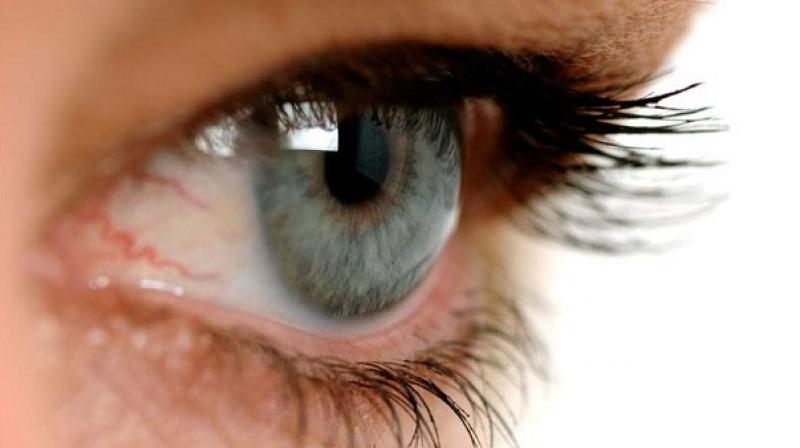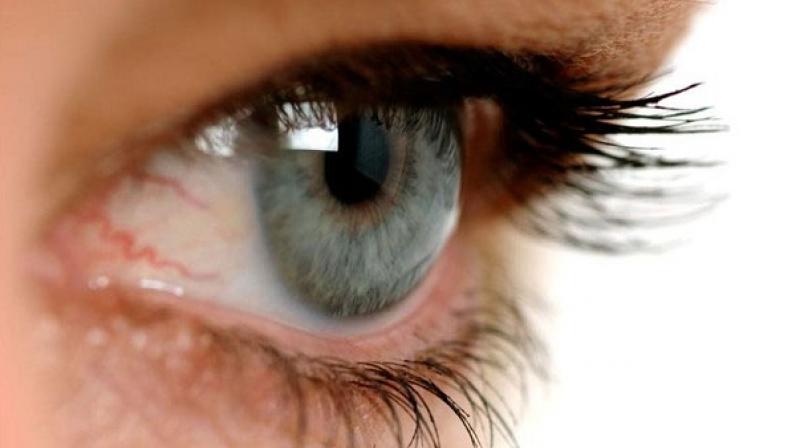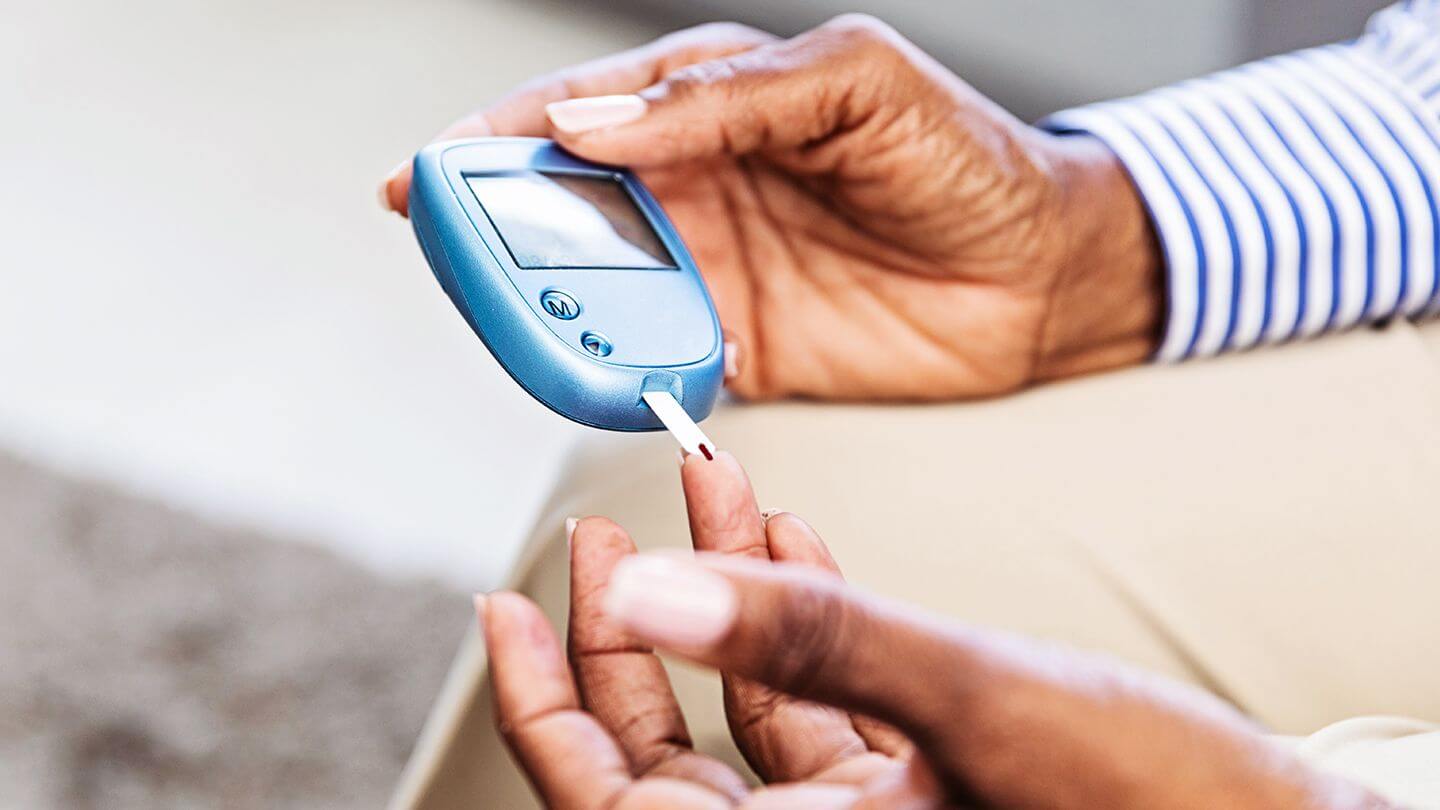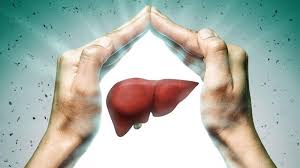'Smart' contact lens may diagnose diabetes, glaucoma
Sat 06 May 2017, 13:06:38
Scientists have developed a new smart contact lens with built-in wireless sensors that may help diagnose diabetes, glaucoma and other health conditions.Since blood sugar can be measured with tears, many attempts have been made to monitor diabetes with contact lenses. However, their biggest drawback has been poor wearability.
Now, researchers at Ulsan National Institute of Science and Technology (UNIST) in South Korea have solved these issues by developing a sensor based on transparent and flexible materials. "This study can be used to diagnose diseases (diabetes and glaucoma) by implementing two types of transparent electronic sensors in the production of smart contact lens sensors," said Jang-Ung Park, Professor at UNIST.
The new smart contact lens sensors use electrodes made of highly stretchable and transparent graphene sheets and metal nanowires. Using this sensor, patients with diabetes and glaucoma may one day be able to self-monitor blood glucose levels and intraocular pressure (IOP), researchers said.
Glaucoma is a group of eye diseases which result in damage to the optic nerve and vision loss.Through the embedded wireless antenna in the contact lens sensor, patients
can also transmit their health information, which allows real-time monitoring of their health conditions. Since the system uses wireless antenna to read sensor information, no separate power source, like battery is required for the smart contact lens sensors.
can also transmit their health information, which allows real-time monitoring of their health conditions. Since the system uses wireless antenna to read sensor information, no separate power source, like battery is required for the smart contact lens sensors.
Intraocular pressure measurement can be achieved using the dielectric layers. The dielectric layer is an electrically non-conductive layer, characterised by polarity that divides both positive and negative charges.
The thickness of this layer changes from thinning as the IOP increases, to thickening as the IOP decreases.The IOP sensor, embedded in the contact lenses senses this and transmits the information to the wireless antenna.
The smart lenses with built-in pressure-sensing and glucose-monitoring sensors could detect blood glucose and IOP despite the deformation of the contact lenses.
The sensor characteristics were also maintained even when exposed to various substances in human tears. "It was observed that the live rabbit did not show any abnormal behaviour when wearing the contact lens sensor," said Joohee Kim, the first author of the study published in the journal Nature Communications.
No Comments For This Post, Be first to write a Comment.
Most viewed from Health
AIMIM News
Asaduddin Owaisi files nomination papers on Friday
Apr 20, 2024
Owaisi Begins Election Campaign in Hyderabad
Apr 13, 2024
Bring back Indian workers in Israel: Owaisi
Apr 13, 2024
Latest Urdu News
Most Viewed
May 26, 2020
Do you think Ruturaj Gaikwad would be a good captain for Chennai Super Kings?
Latest Videos View All
Like Us
Home
About Us
Advertise With Us
All Polls
Epaper Archives
Privacy Policy
Contact Us
Download Etemaad App
© 2024 Etemaad Daily News, All Rights Reserved.































